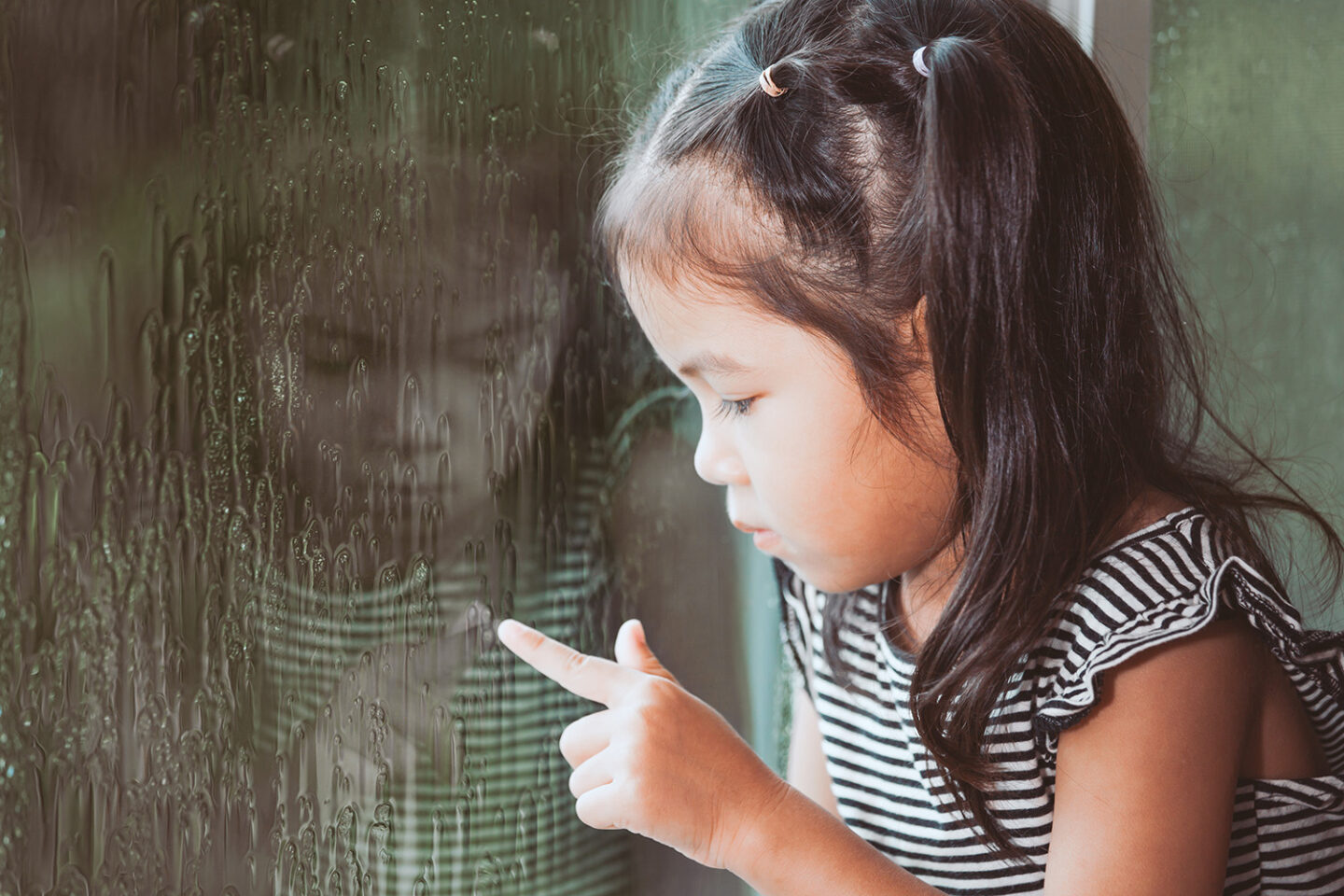It is important to recognize that children experience many kinds of loss, and grief is not limited to death. Children can experience deep emotional pain from many kinds of losses—some visible and widely recognized, and others quieter and less acknowledged. Understanding the different ways grief can show up is an important first step in supporting children through healing.
Disenfranchised grief refers to grief that is overlooked or not fully acknowledged or validated as significant (McCoyd et al., 2021). Well-meaning and loving adults may unintentionally minimize their experiences or not see them as “real” losses, even though they can be deeply felt. Examples of disenfranchised grief may include:
- Moving to a new neighborhood or school and losing friendships
- Losing a pet, special routines, or meaningful objects
- Being left out of major family decisions or events
When grief goes unseen, children may question whether their pain “counts.” They might feel isolated, confused, or reluctant to talk about what they’re feeling.
Ambiguous loss occurs when the loss is unclear, ongoing, or lacks closure. A person may be physically present but emotionally unavailable—or physically gone but still emotionally significant. Children may find it hard to understand what has changed or what is missing,
Examples of ambiguous loss may include:
- A family member struggling with substance use, mental health challenges, or incarceration
- A caregiver who is physically far away but remains emotionally important
- Disruptions in caregiving due to instability or life circumstances
Because these losses lack a clear beginning or end, children can hold on to hope while also experiencing sadness, anger, or confusion. It can be tough for them to make sense of these mixed emotions without adult support.
Losses, regardless of the particular type, can be painful and confusing, and children need space and support to make sense of what they’re feeling. At all times, grief deserves attention, support, and validation.
How Children Process Grief
Dual-process theory describes how people coping with grief move between two states: facing the pain of the loss (mourning) and adjusting to life without the person, item, or situation they’ve lost (McCoyd et al., 2021). For children ages 6 to 11, grief often shows up in quick and intense bursts—one moment they may be crying or feeling upset, and the next they’re playing or distracted. Unlike adults, children tend to cope with grief by naturally moving between sadness and play, which helps them manage their emotions and keeps overwhelming feelings from becoming too much. As a parent, you can support this healthy process by making space for both emotional expression and everyday activities. Encouraging play, keeping comforting routines, and being available to talk when your child is ready all help them work through their grief in ways that feel safe and manageable.
Symptoms of Grief in Elementary-Aged Children
As mentioned earlier, children’s emotional reactions may come in waves or sudden bursts. Below are some common signs to look for:
- Behavioral signs: Regressive behaviors (e.g., bedwetting), avoidance, social withdrawal, excessive crying, and diminished academic performance.
- Physical signs: Fatigue, stomachaches, headaches, sleep disturbances (nightmares, restlessness), and changes in appetite.
- Social-Emotional signs: Confusion, fear, anger, frustration, distractibility, diminished self-esteem, sadness, anxiety, shame, loneliness, shock, denial, sudden mood changes, and emotional withdrawal.
Because certain kinds of losses are often overlooked, children may not receive the validation or support they need. Recognizing these signs allows the adults in a child’s life (parents, caregivers, therapists, and educators) to respond with empathy and evidence-based interventions to assist in supporting them through this difficult time.
Why This Matters
When children’s losses are named and validated, it permits them to grieve in healthy ways. By understanding disenfranchised grief and ambiguous loss, parents can begin to see their child’s behaviors and emotions through a compassionate lens—and take meaningful steps to support their healing.
Stay tuned for part 2 to learn about the ways parents can support their children through grief!
References:
- Favazza, P., Munson, L. (2010). Loss and grief in young children. Young Exceptional Children, 13(2), 86-99.
- Lawrence, A., Jones, M., & Boles, J. (2022). Helping children cope with loss: Legacy interventions for the grieving classroom. Continuity in Education, 3(1), 92–100. https://doi.org/10.5334/cie.45
- McCoyd, J., Koller, J., & Walter, C. (2021). Grief and Loss Across the Lifespan: A Biopsychosocial Perspective (3rd ed.). Springer Publishing Company.https://doi.org/10.1891/9780826149640
- Stylianou, P., Zembylas, M. (2018). Dealing with the concepts of “grief” and “grieving” in the classroom: Children’s perceptions, emotions, and behavior. Journal of Death and Dying, 77(3), 240-266.


